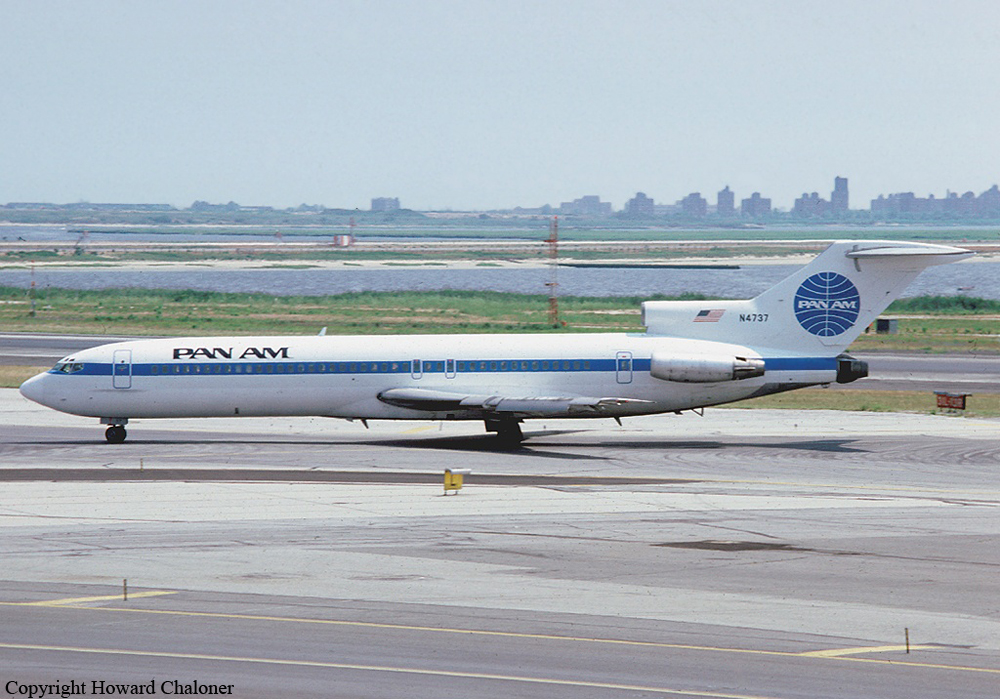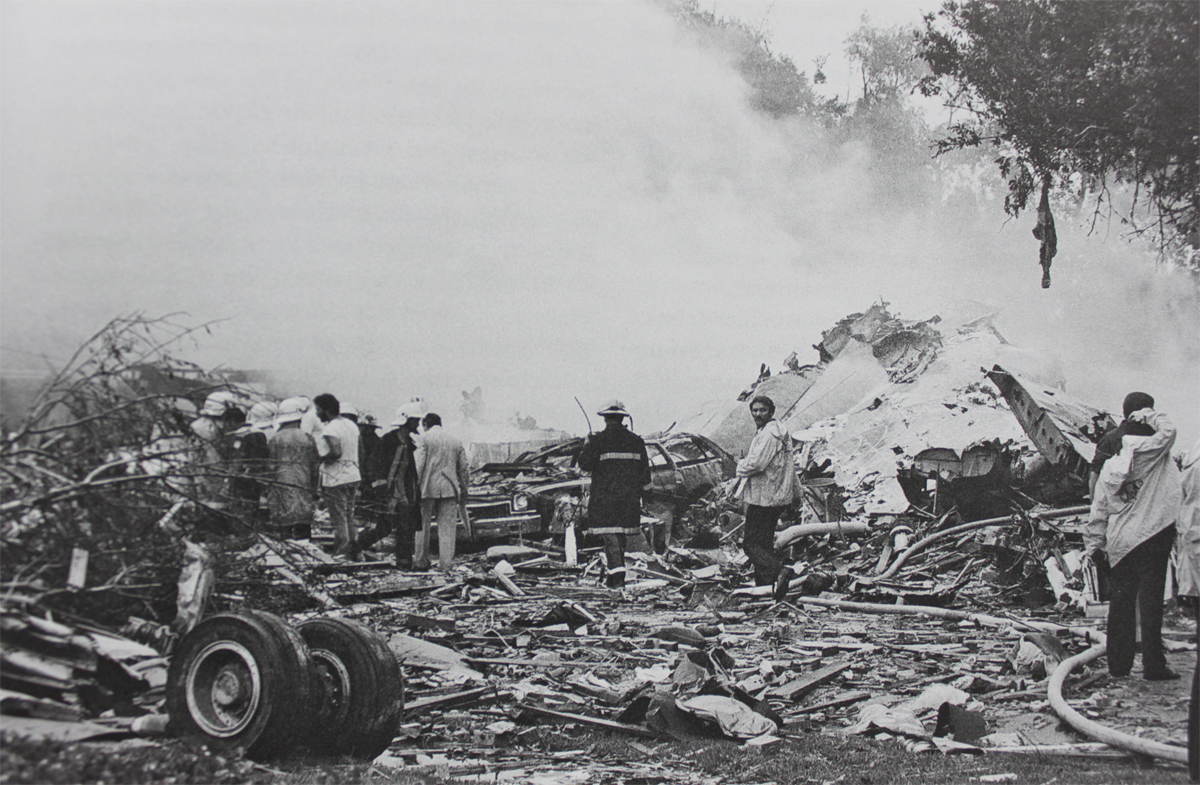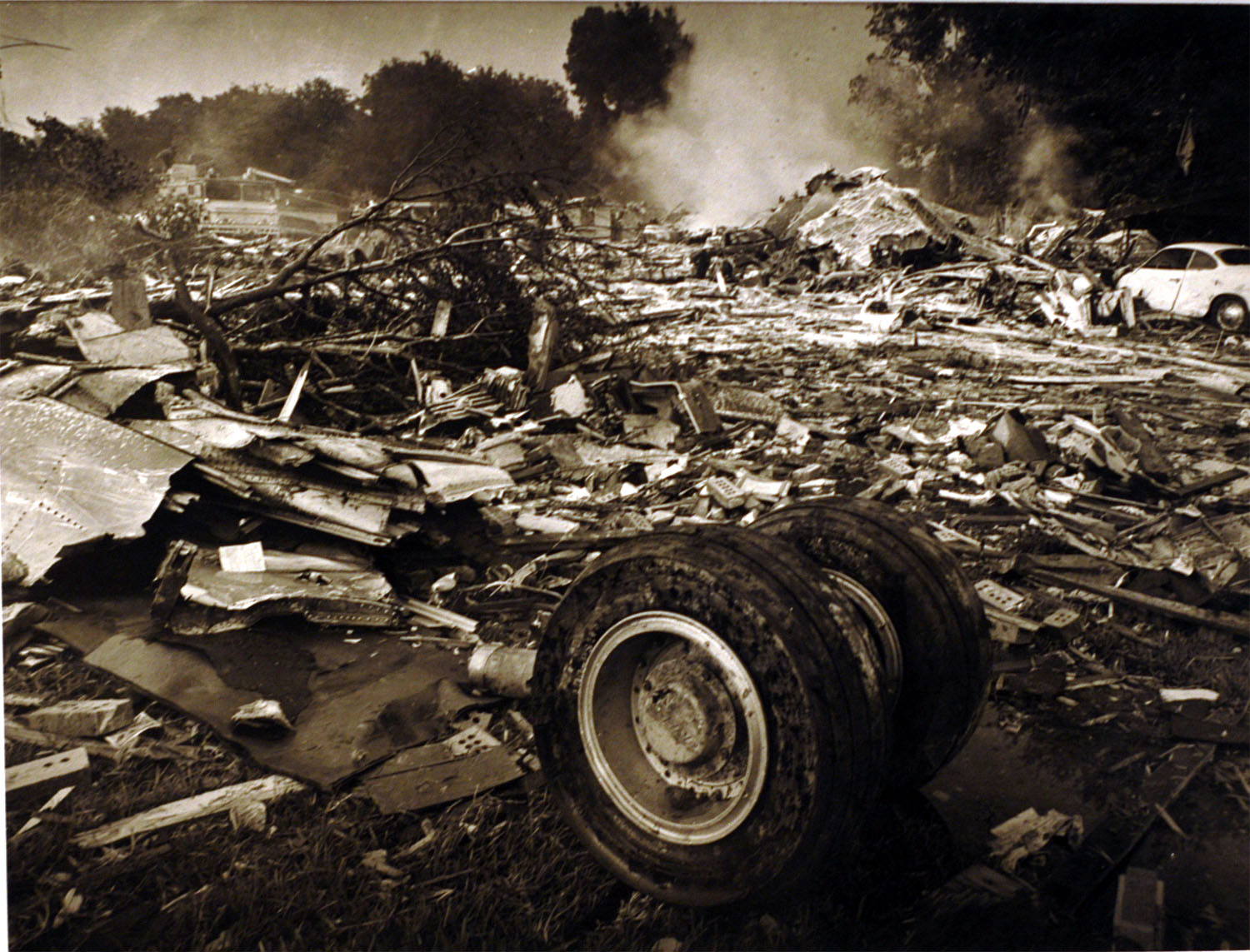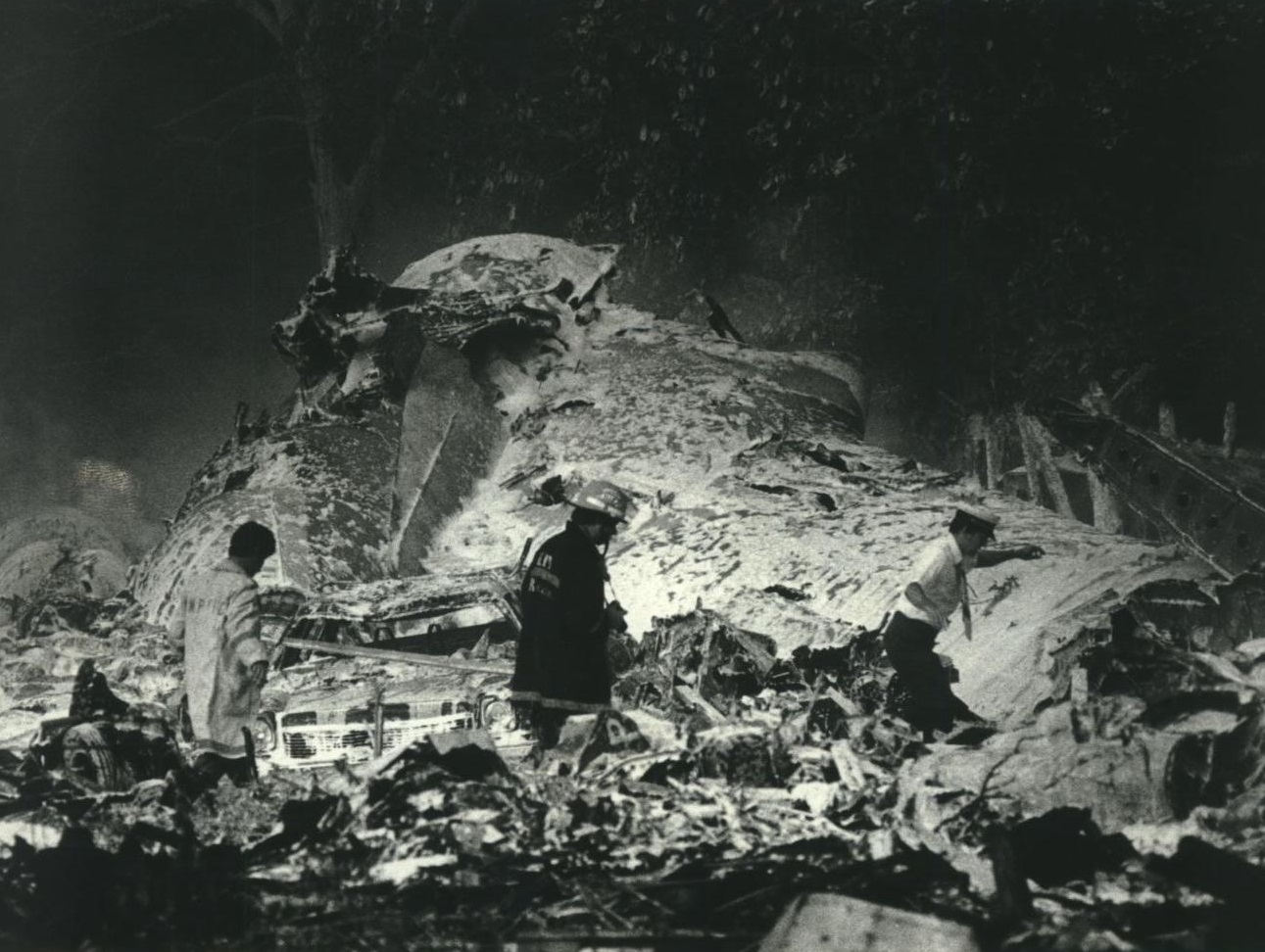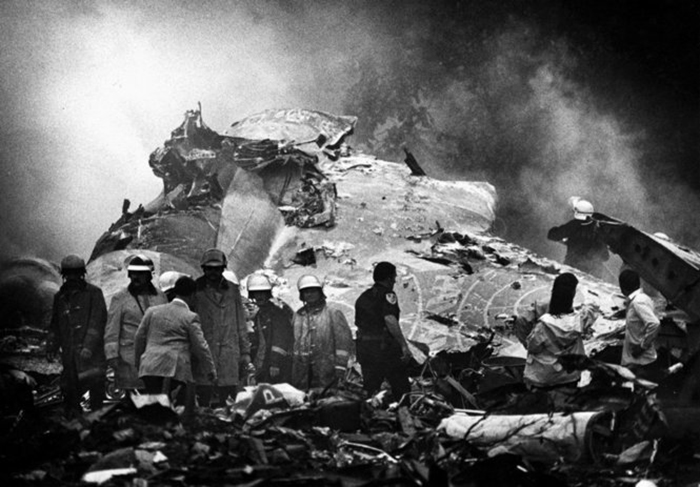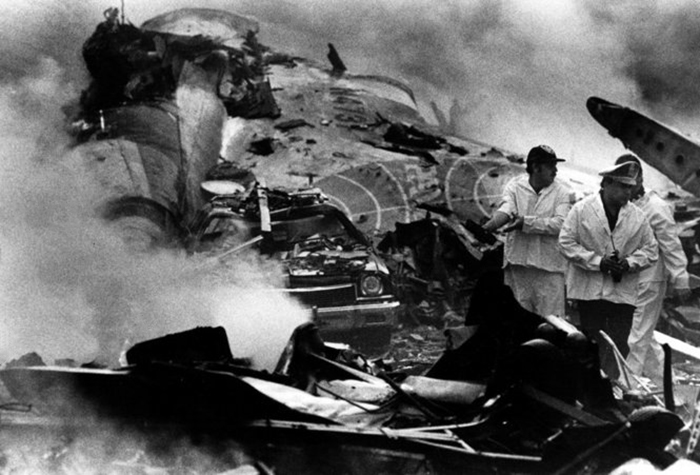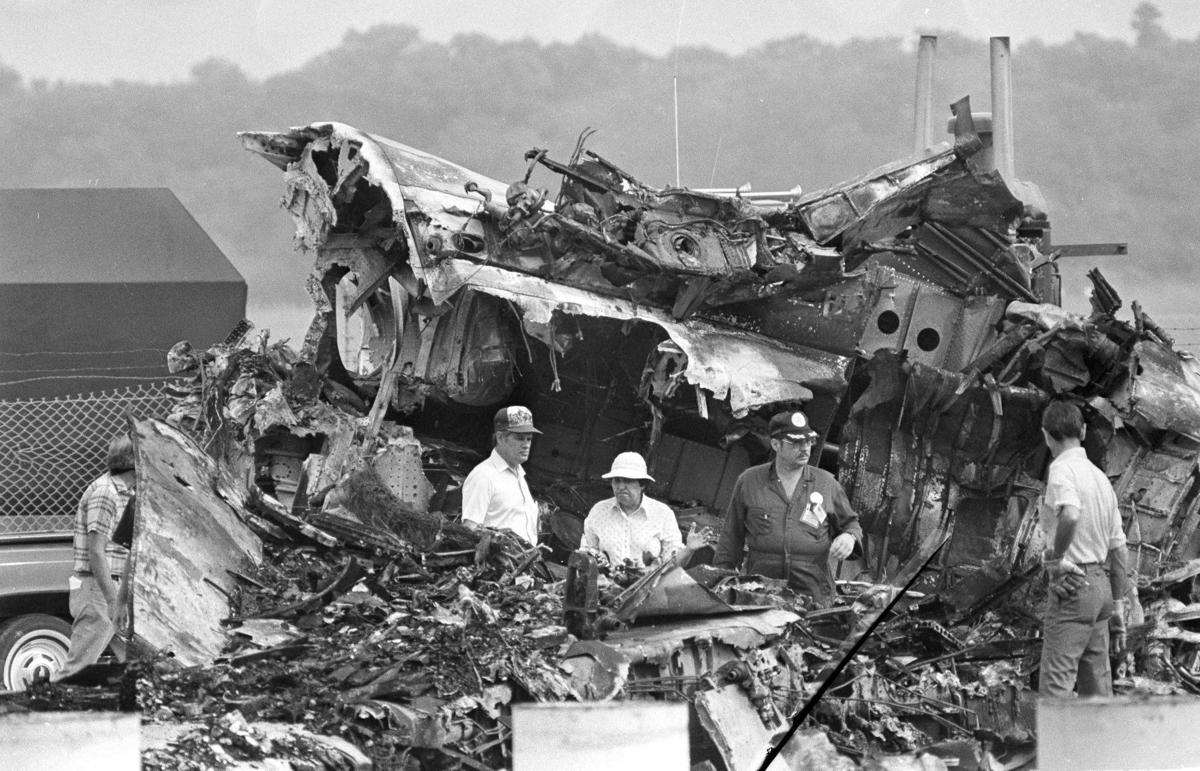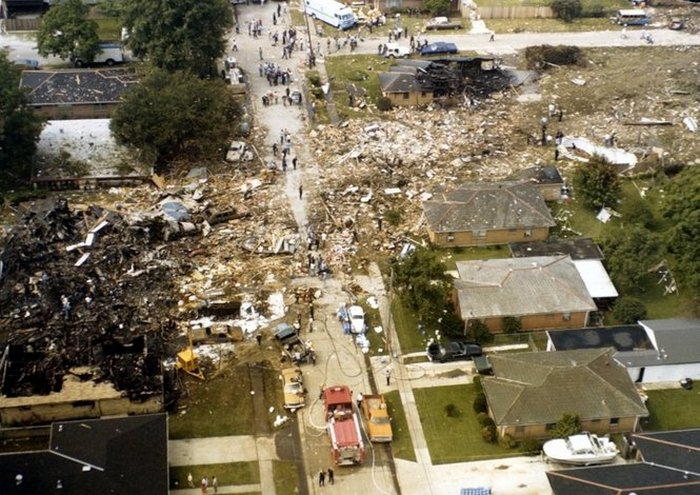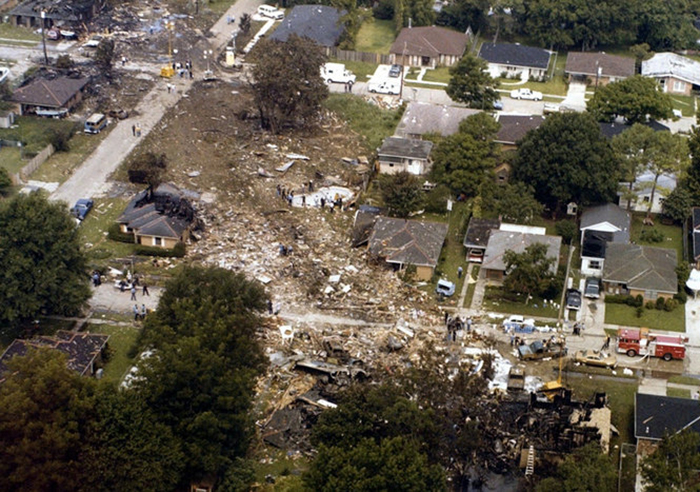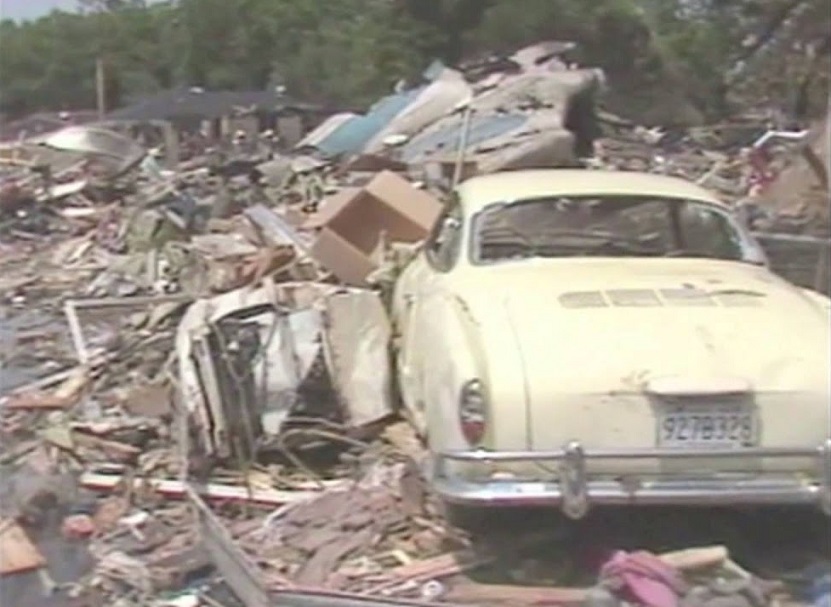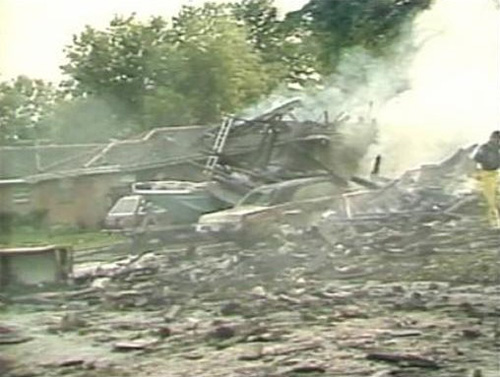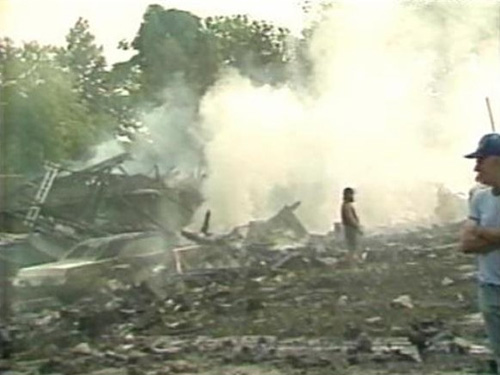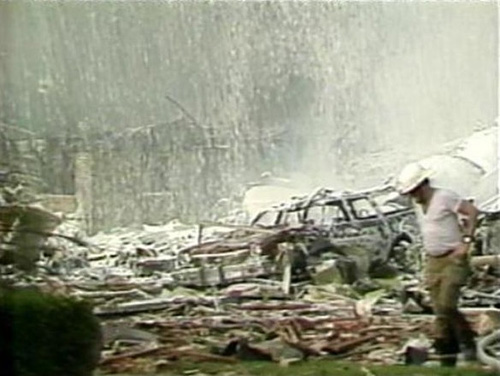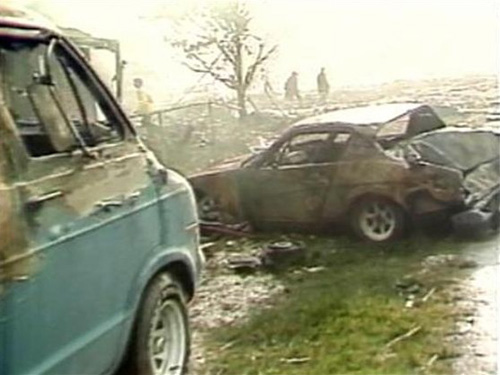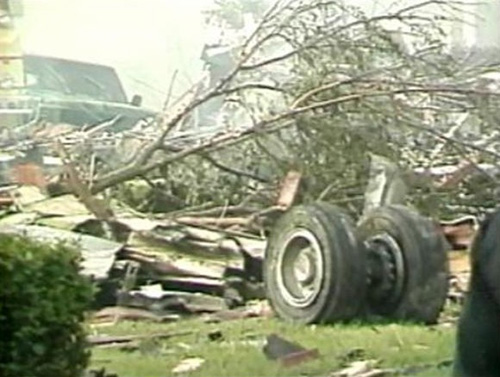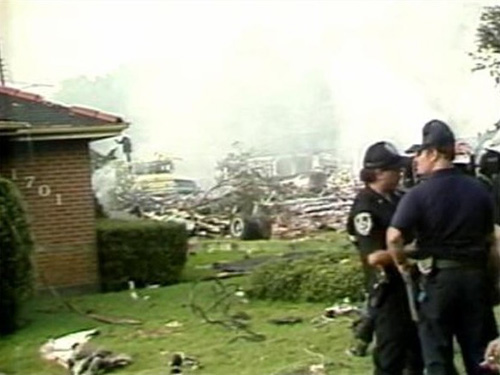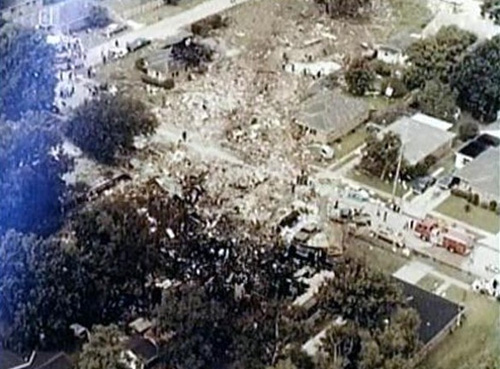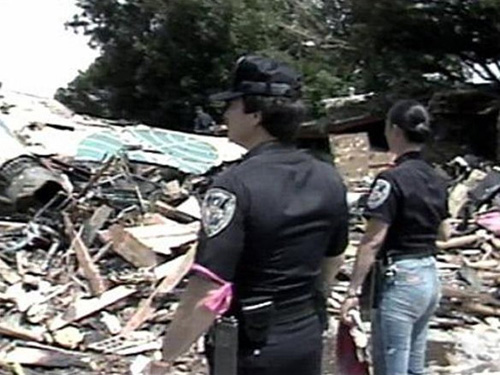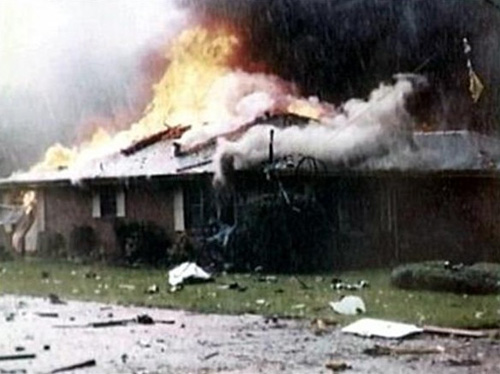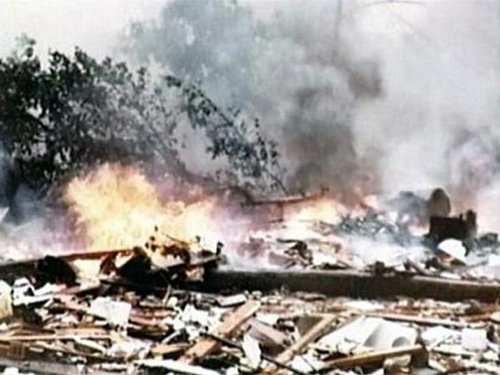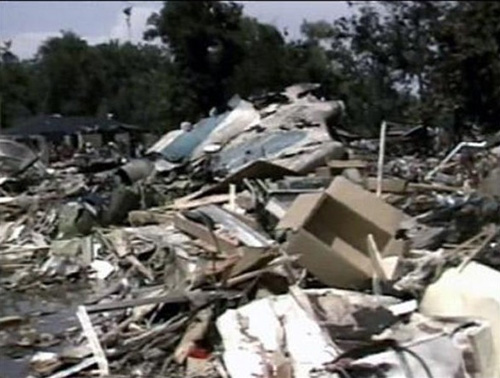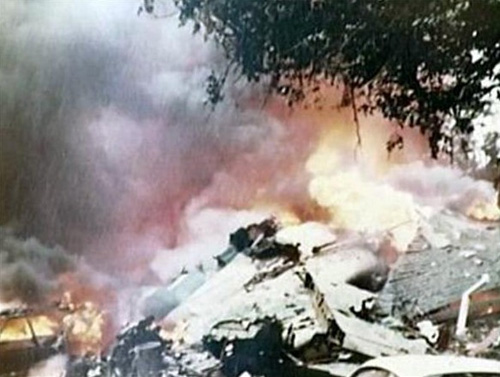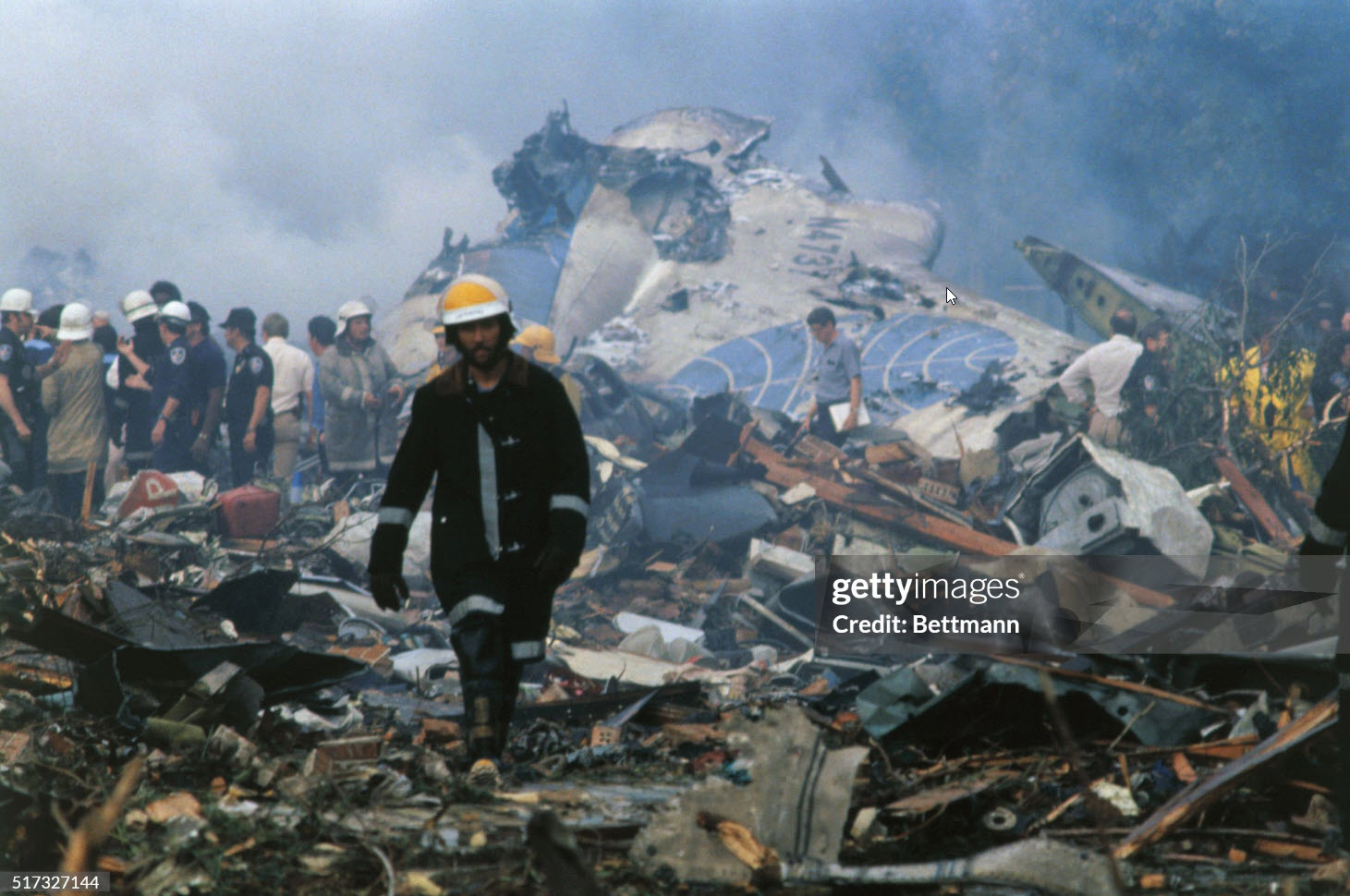Crash of a Cessna 411A in Shreveport: 6 killed
Date & Time:
May 8, 1986 at 1540 LT
Registration:
N49DD
Survivors:
No
Schedule:
Shreveport - Baton Rouge
MSN:
411-0266
YOM:
1967
Crew on board:
1
Crew fatalities:
Pax on board:
5
Pax fatalities:
Other fatalities:
Total fatalities:
6
Captain / Total hours on type:
164.00
Aircraft flight hours:
4609
Circumstances:
The pilot reportedly did an unusual amount of engine run-up before pulling onto the runway. He then performed another run-up before departing. This is evidence that he was aware of a problem with his aircraft. The engine(s) were popping and puffing black smoke during the ground run. Yet, the takeoff was continued. The popping and smoke puffing continued after liftoff. A noticeable loss of airspeed occurred during the climbout. The aircraft started the third roll (into the bad engine) before finally going inverted. The aircraft's allowable gross weight was exceeded by at least 205 pounds at takeoff, however, the center of gravity remained within its specified limits. Internal examination of the right engine exhibited evidence that it had operated at sometime on a mixture of gasoline and jet fuel. All six occupants were killed.
Probable cause:
Occurrence #1: loss of engine power (partial) - mech failure/malf
Phase of operation: takeoff - initial climb
Findings
1. (c) operation with known deficiencies in equipment - intentional - pilot in command
2. (c) engine assembly, piston - burned
3. (c) fluid, fuel grade - improper
----------
Occurrence #2: loss of control - in flight
Phase of operation: takeoff - initial climb
Findings
4. (c) airspeed - not maintained - pilot in command
----------
Occurrence #3: in flight collision with terrain/water
Phase of operation: descent - uncontrolled
----------
Occurrence #4: fire
Phase of operation: other
Phase of operation: takeoff - initial climb
Findings
1. (c) operation with known deficiencies in equipment - intentional - pilot in command
2. (c) engine assembly, piston - burned
3. (c) fluid, fuel grade - improper
----------
Occurrence #2: loss of control - in flight
Phase of operation: takeoff - initial climb
Findings
4. (c) airspeed - not maintained - pilot in command
----------
Occurrence #3: in flight collision with terrain/water
Phase of operation: descent - uncontrolled
----------
Occurrence #4: fire
Phase of operation: other
Final Report:



